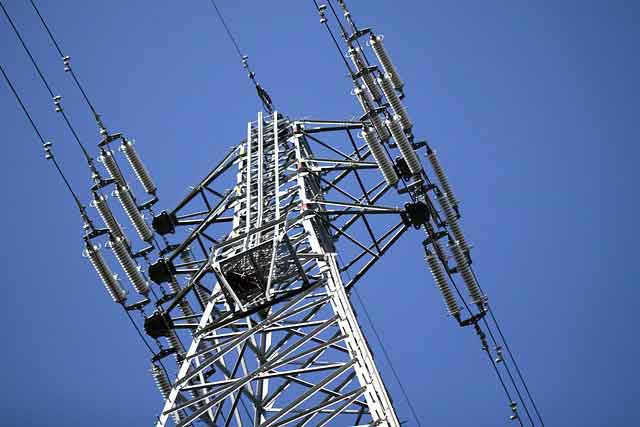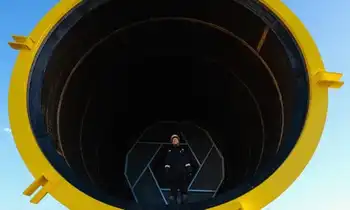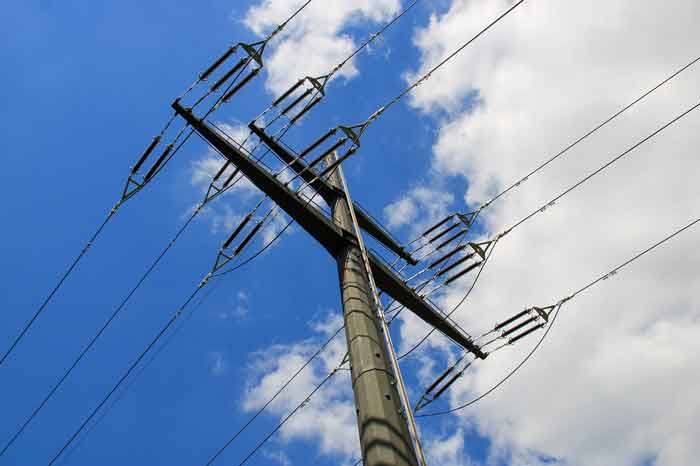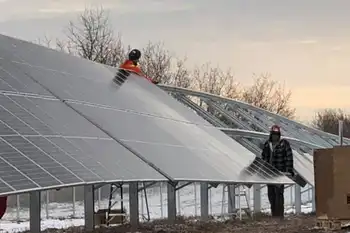Material bends, stretches and conducts power
The material, described by Tsuyoshi Sekitani of the University of Tokyo in the journal Science, could be used on curved surfaces or even in moving parts, they said.
Sekitani's team developed their material using carbon nanotubes, a long stretch of carbon molecules that can conduct electricity.
They mixed these into rubbery polymer to form the basic material. Next, they attached a grid of tiny transistors to the material and then put it to the test.
They stretched the sheet of material to nearly double its original size and it snapped back into place, without disrupting the transistors or ruining the material's conductive properties.
The elastic conductor would allow electronic circuits to be mounted in places that would have been impossible up to now, including "arbitrary curved surfaces and movable parts, such as the joints of a robot's arm," Sekitani and colleagues wrote.
Earlier, a U.S. team reported developing an elastic mesh material that allowed them to use standard electronics materials to build an electronic eye camera based on the shape and layout of the human eye.
That device could be the basis for the development of an artificial eye implant.
John Rogers of the University of Illinois at Urbana-Champaign, who wrote about the eye camera in the journal Nature, said the development of materials that can be shaped and molded to curved surfaces will allow for a whole new class of electronics devices that can be used to better interact with the human body, such as brain monitoring devices.
Related News

Electric Motor Testing Training
TORONTO - Our 12-Hour Electric Motor Testing Training live online instructor-led course introduces students to the basics of on-line and off-line motor testing techniques.
September 10-11 , 2020 - 10:00 am - 4:30 pm ET
Our course teaches students the leading cause of motor failure. Electric motors fail. That is a certainty. And unexpectded motor failures cost a company hundreds of thousands of dollars. Learn the techniques and obtain valuable information to detect motor problems prior to failure, avoiding costly downtime. This course focuses electric motor maintence professionals to achieve results from electrical motor testing that will optimize their plant and shop operations.
Our comprehensive Electric Motor Testing course emphasizes…





